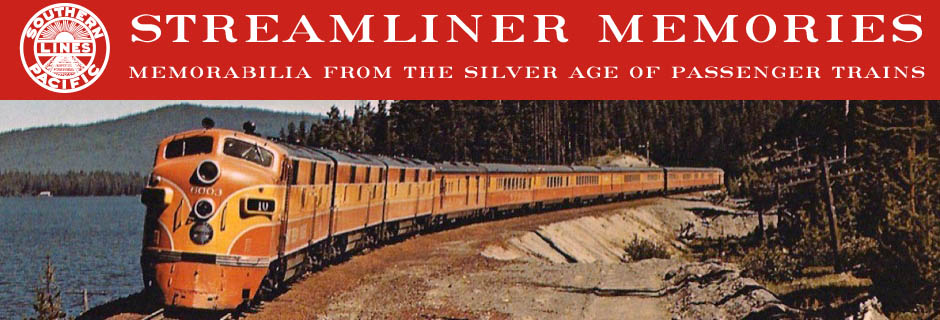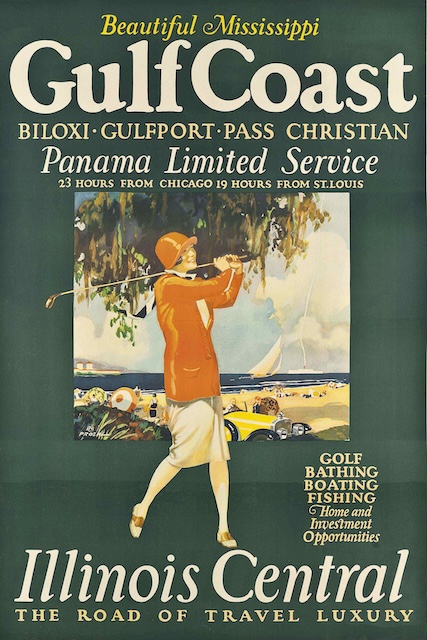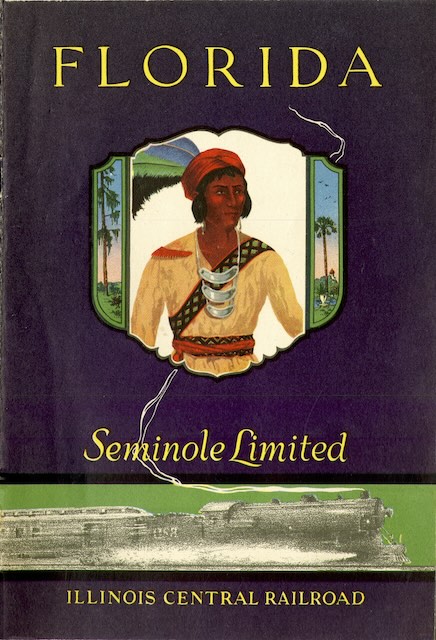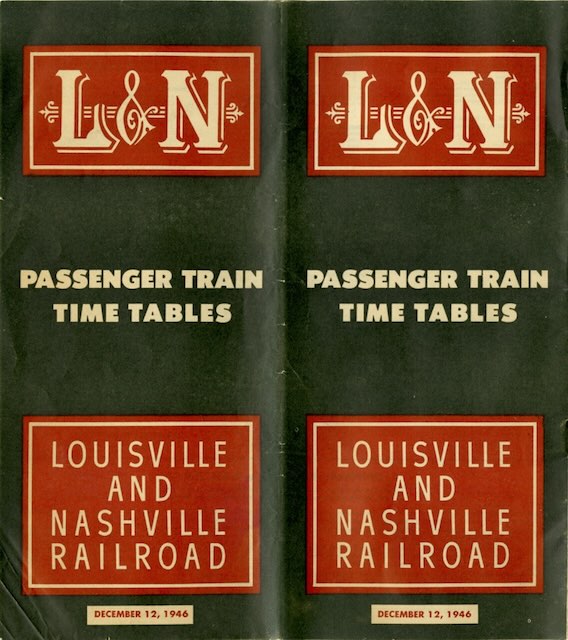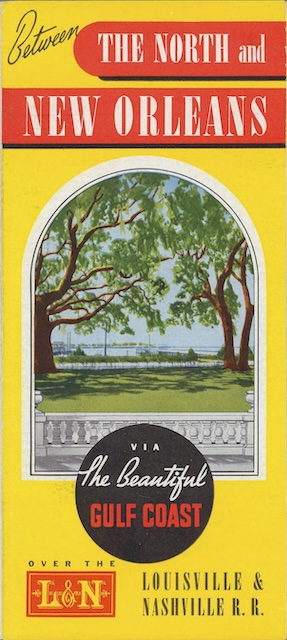The all-Pullman Panama Limited, Illinois Central’s premiere train, took 16-1/2 hours between Chicago and New Orleans for an average speed of nearly 56 miles per hour. It probably could have been a little faster if it didn’t have cars added and taken off from it at various points along the way.
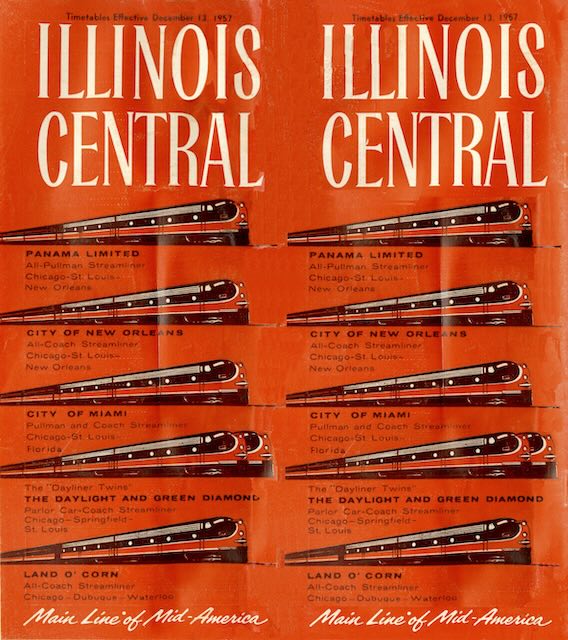 Click image to download a 16.8-MB PDF of this timetable.
Click image to download a 16.8-MB PDF of this timetable.
Two cars from St. Louis were added to the southbound train at Carbondale. At Memphis a car was added while a car from Chicago was taken off the train at Jackson, Mississippi. Since the train had an observation car, the cars couldn’t just be added or taken off the rear of the train so all of these required multiple switching moves and probably added close to 30 minutes to the train’s schedule. Continue reading
